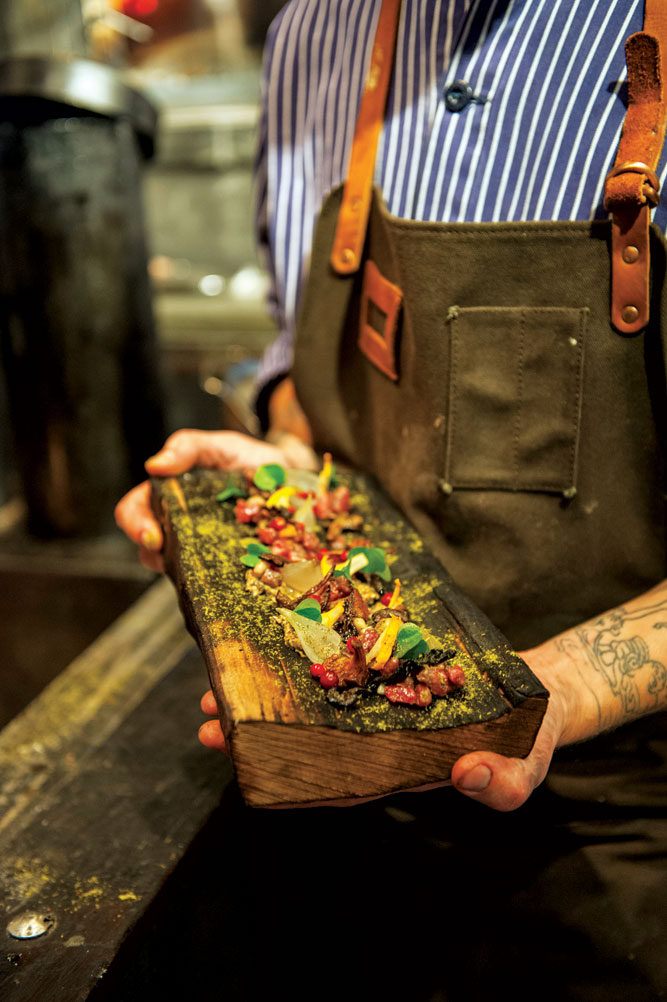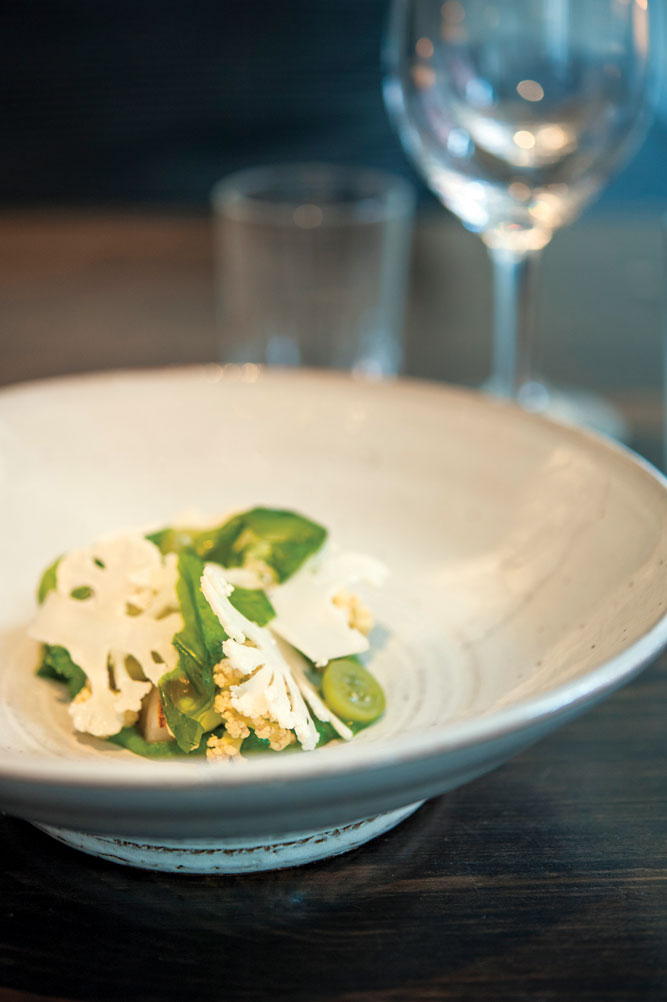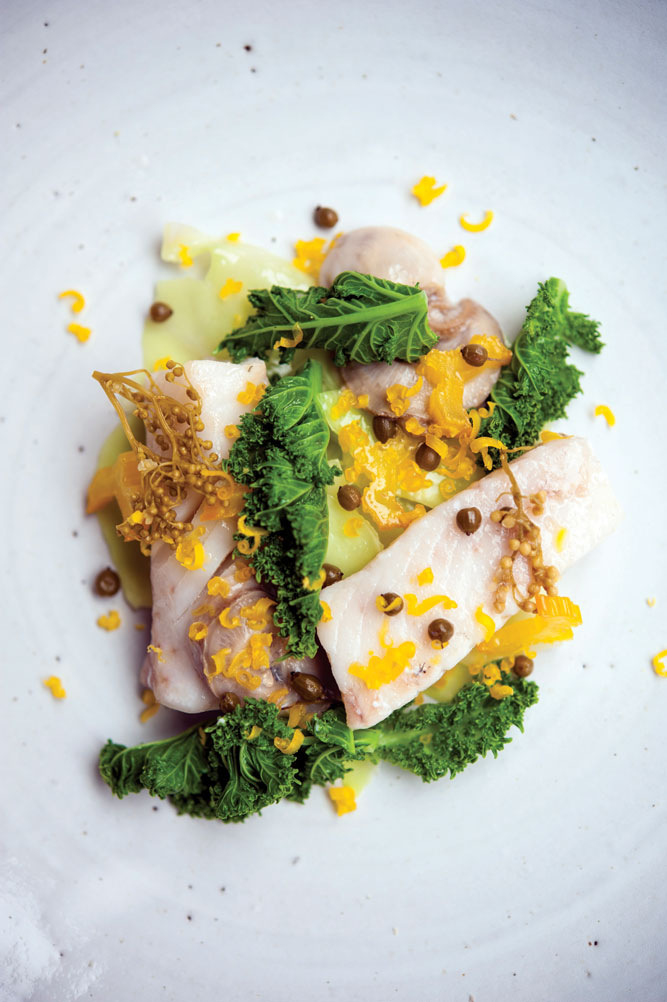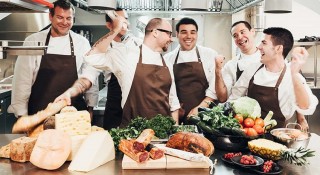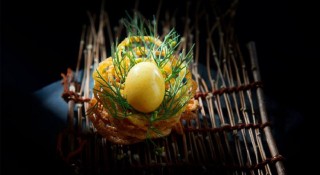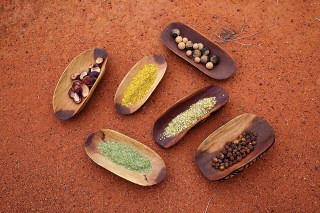Almost overnight the country that invented the smorgasbord has emerged as one of Europe’s most exciting culinary destinations. Today’s Swedish chef is tapping Nordic traditions in ways never before attempted—and the results are like nothing you’ve ever eaten.
Words and photographs by Leisa Tyler
We are in the attic of an old wooden barn in Jämtland, midway up the length of Sweden, staring quizzically at the food on our plates: two scallop shells nestled on a bed of smoldering ju-niper branches amid a litter of autumn leaves, twigs, and bits of moss and lichen. It looks like something scooped off the forest floor.
Two sharp claps sound and the chef, a wild-haired Jämtlander named Magnus Nilsson, appears in the middle of the room, whose rough-sawn timbers are hung with sheepskins, air-dried legs of ham, and bunches of wild herbs. Haunting Swedish folk music swirls around us. A fireplace crackles in one corner. After a quick look at his perplexed guests—there’s only space for a dozen diners around his six birchwood tables—Nilsson instructs us to pick up the scallops with our hands and devour them straight from the shell. But this is nothing compared to the course, which sees a pair of his kitchen staff cut a moose’s thigh bone in two with a hacksaw. They then pour the oily bone marrow onto diced cow’s heart, raw and so fresh it’s still warm, and serve it with a sprinkle of sage salt and tiny pink and white forest flowers.
Welcome to Fäviken, a 12-seat restaurant that, despite its back-of-beyond setting, is at the vanguard of Sweden’s culinary revolution —and one of the hottest kitchens in Europe. Credit for this goes to the 29-year-old Nilsson, who arrived here five years ago to organize the owner’s private wine cellar. Set on an 8,400-hectare forested estate at the foot of Mount Åreskutan, Fäviken back then catered to skiers with its moose fondue—a hearty dish, but hardly groundbreaking. Nilsson, who had trained as a chef (including a stint at Pascal Barbot’s Astrance in Paris) before giving up cooking to write about wine, decided to return to the kitchen.
What intrigued him most was the potential of ingredients gathered or grown on the estate or by local farmers: lime-green lichen, pine bark, sorrel leaves, duck, reindeer. In summers he dried, brined, pickled, and even buried ingredients for the long winters, when the sun barely makes it over the horizon for a few hours each day. Nilsson’s cuisine was raw and primordial, with a devotion to purity that verged on the fanatic. It rocked the Nordic culinary world right down to its fur-lined boots.

